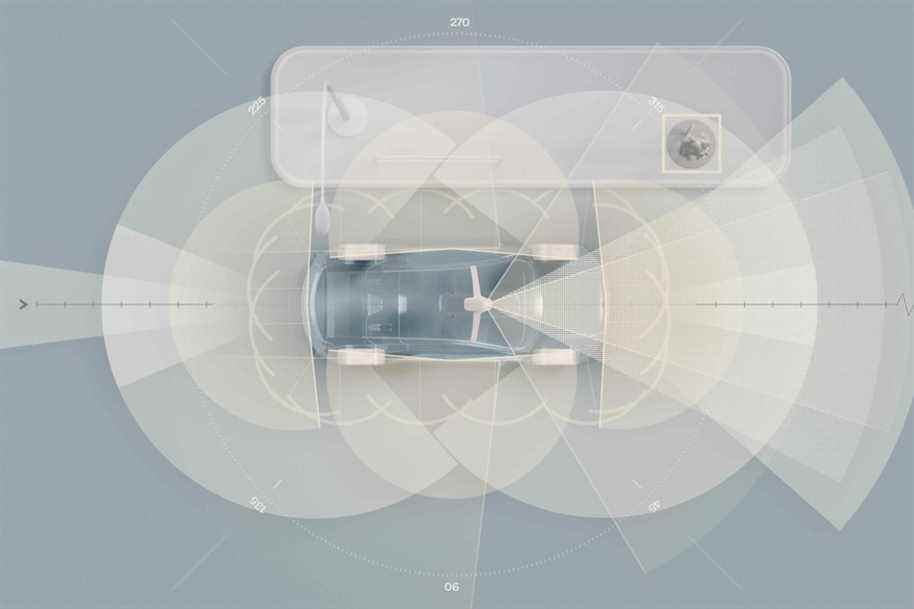Who remembers the time when our vehicles left only the rear wheels – coated with summer tires – the care of moving them on snow and ice? Of those winters when the trunk was filled with sandbags to increase traction? Other time. Today, in the course of progress in the field of electronics, driving aids have taken on the task, in the name of safety, of relieving motorists of their responsibility. Often for their own good.
The generalization of the anti-lock braking system or the imposition of the electronic stability corrector have most certainly made it possible to compensate, to a certain extent, for inexperience, clumsiness or lack of attention. Ditto for blind spot sensors or the reversing camera. No one can oppose progress.
On the other hand, it is good to remember that several of these guardian angels will not be of any help to you during the white season. Indeed, many of these technologies use cameras and external sensors that deactivate themselves when slush, ice and snowflakes come into play.

PHOTO PROVIDED BY VOLVO
Snow and slush sometimes cause malfunction of certain electronic “crutches” such as blind spot sensors.
More than once, messages such as “active blind spot warning not available at this time” or “limited intelligent cruise control function” will scroll on the instrument panel during winter to warn the motorist. He will then be able to count only on his own experience in the field to thwart the traps of winter.
Limited technologies
These limits affect all vehicles equipped with similar technologies, regardless of their price. And the list is long, ranging from the cross-traffic detector to the semi-autonomous driving device, without forgetting, of course, the lane departure warning. This device, for example, does not always manage to read the white lines on a pavement dusted with snow.
The winter season therefore invites us to redouble our vigilance since all these devices intended to overcome our weaknesses and even to put to sleep the legitimate mistrust which must inhabit every motorist suffer from dysfunction. This is enough to reassure driving enthusiasts: our presence behind the wheel is still required.

